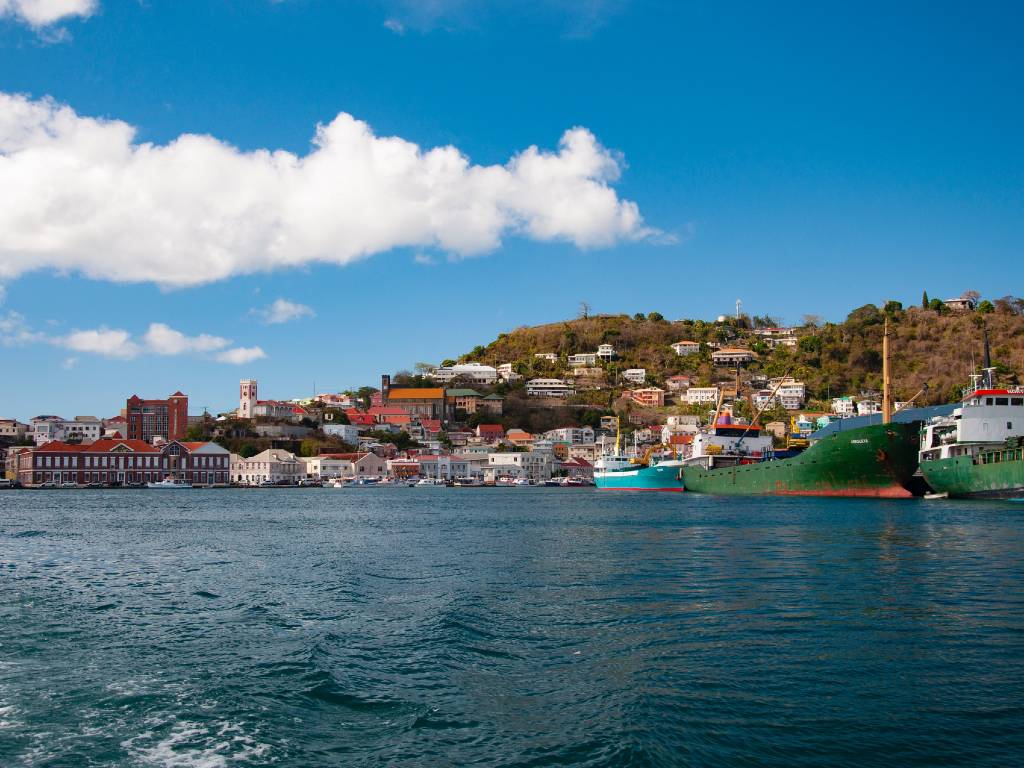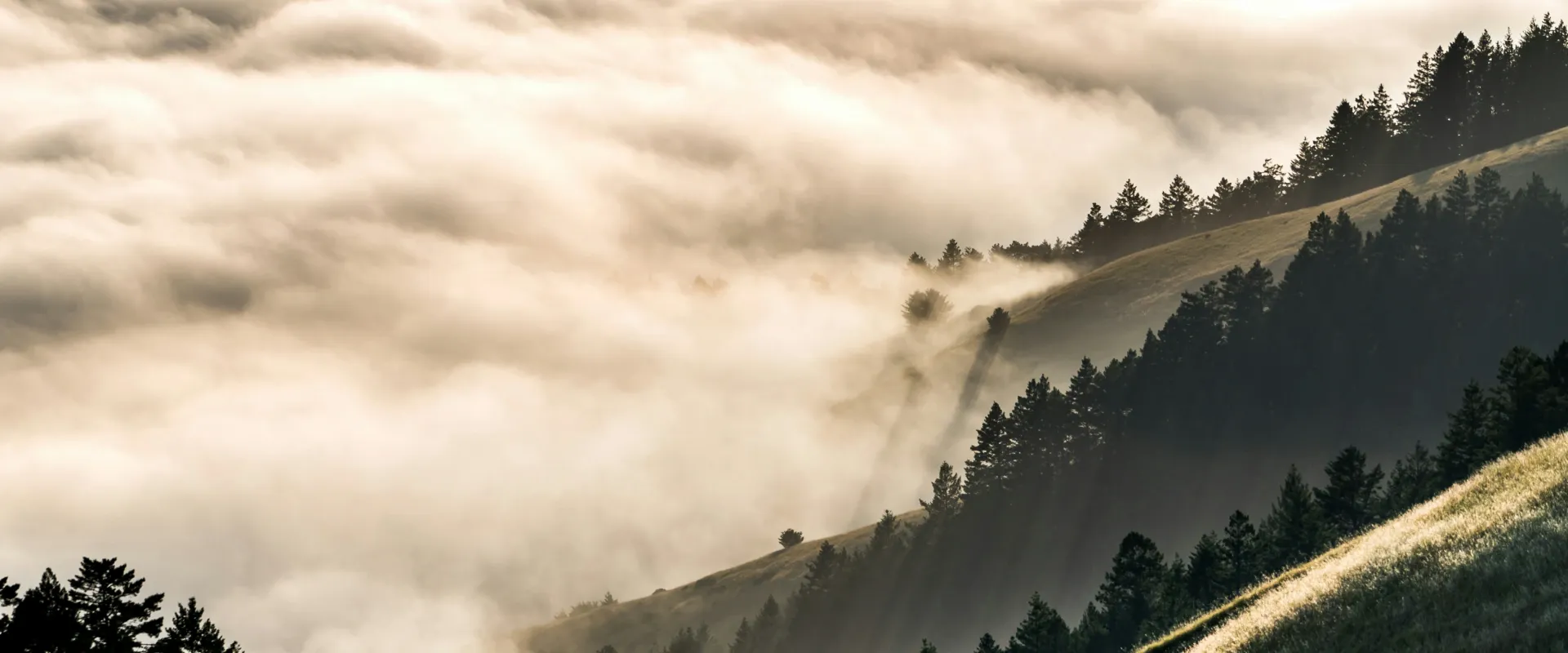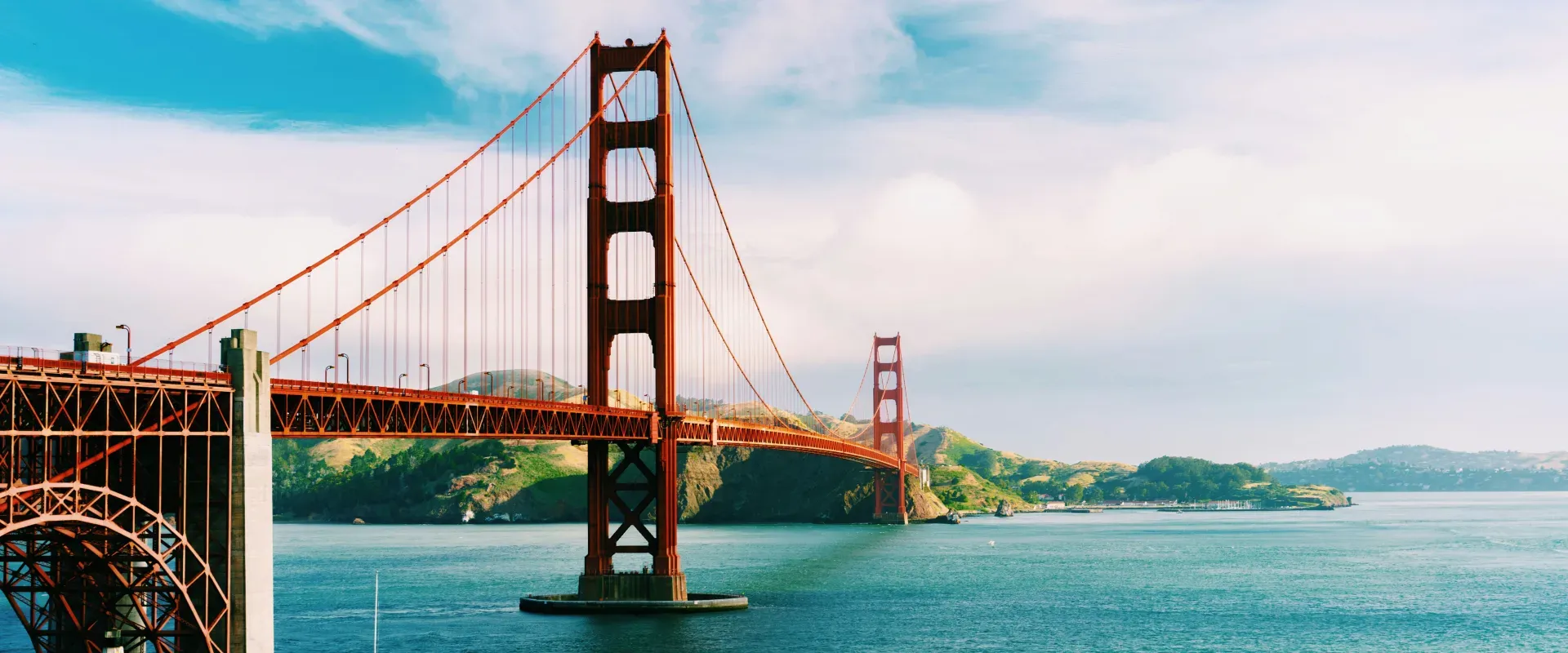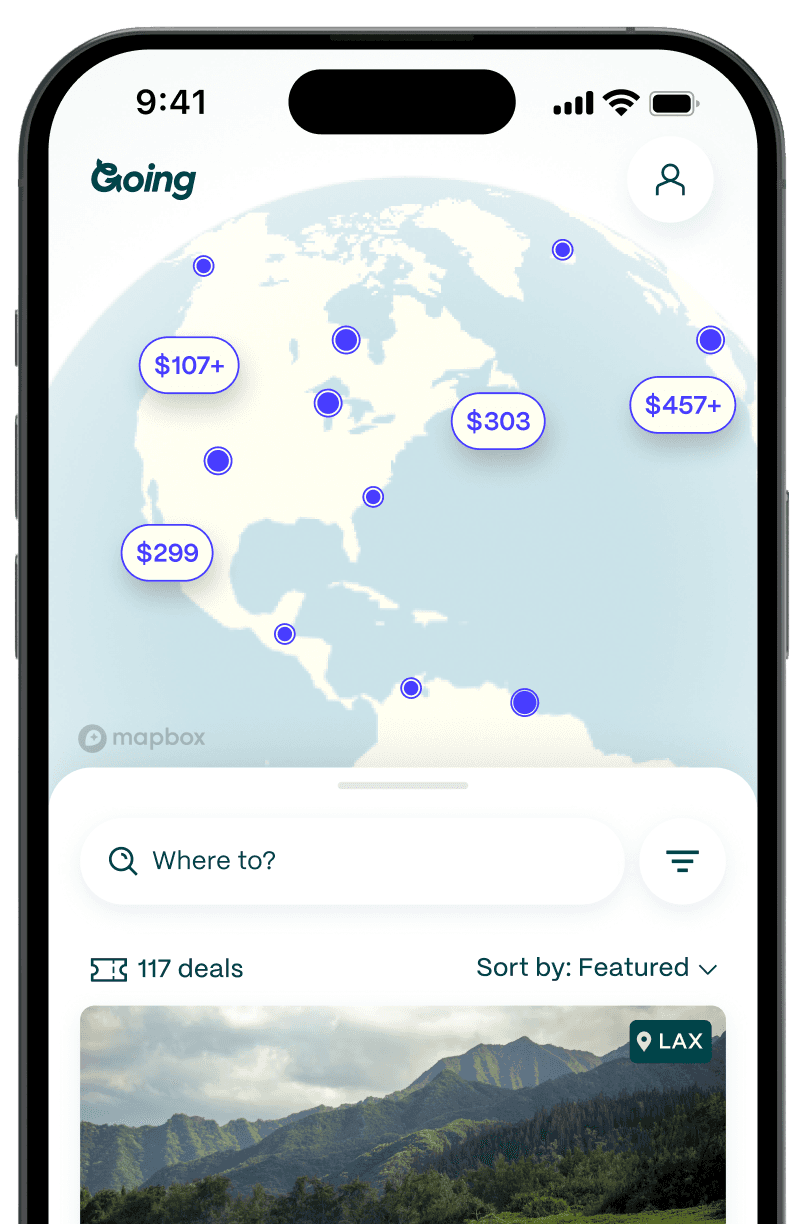
Grenada: The Caribbean Island That Grows 20% of the World’s Nutmeg
On the southern end of the Caribbean, Grenada is one of the smallest independent countries in the Western Hemisphere. The country is made up of three main islands—Grenada (the largest) plus Carriacou and Petite Martinique. While together they cover just 133 square miles, the islands are filled with postcard-perfect beaches, lush rainforests, a globally influential music scene, and vibrantly colored marketplaces.
Visitors from around the world are drawn to Grenada for its some 45 pristine beaches, underwater adventure, famous Saturday market, local culinary dishes, and lively Carnival celebration every summer.
The Spice Island

Grenada, fittingly nicknamed The Spice Island, can thank its rich soil and tropical climate for its incredible production of flavor. The country is one of the world’s top producers of cinnamon, mace, cloves, and more than 20% of the world’s nutmeg—all of which can be found around the island in ice cream, rum cocktails, and even on the national flag.
Grenada is also known as the Caribbean Capital of Chocolate. In St. George, the House of Chocolate explores Grenada’s history in cocoa and also sells ice cream, cakes, and bars to enjoy.
Beyond spice
Grenadian cuisine ranges from Indian- and African-influenced dishes, like roti and curried goat, to dishes that enlist the island’s abundance of chocolate and spices, like nutmeg ice cream and cocoa tea.
At what’s called simply the Saturday Market by locals, Market Square in Grenada’s capital of St. George bustles with vendors and hungry shoppers. Wooden tables spill over with brightly colored produce like callaloo (amarnath), fruits like guava and mango, hot sauces, and of course, spices. The market is a great place to shop or simply people watch, and on nearby street corners, rum-filled fruit juices housed in plastic cups are for sale, as well as grilled or fried freshly caught fish of the day.
At the nearby Belmont Estate, tours of the 400-acre property’s spice-filled gardens, museum, and goat milk farm culminate into a mountainside lunch buffet of garlic roasted chicken, stewed beef, and grilled fish, served alongside rice, red beans and a salad bar.
Crabbacks and oil downs

A short walk from Market Square BB’s Crabback is a restaurant tucked in a corner with scenic views of Port Louis Marina’s yacht-dotted waterfront. Besides a very flavorful and potent rum punch (that is, of course, infused with nutmeg), another dish to try here is the crab back. Their version includes mounds of local land crab meat mixed with cheese, white wine, and a rich cream all cooked together before being stuffed back into its original shell.
If you see oil down on the menu anywhere around the island, take advantage. Considered the national dish of Grenada, this one-pot comfort meal consists of salted meats like beef or smoked herring, breadfruit, saffron, dumplings, callaloo, and coconut milk that releases a savory oil that settles to the bottom of the pot and gives the dish its name. Its filling ingredients make for an excellent hangover cure, especially during the bacchanalia of Carnival.
More than a party
Known as Spicemas, Grenada’s annual Carnival celebration every August is a sensory experience that those who attend never forget. The 10-day event celebrates the 1833 end of slavery in the British colonies (which Grenada was for two centuries from 1783 until independence in 1974) and includes a dozen parades and parties, called fetes. There’s even a children’s parade, where young revelers show off their costumes as people cheer them on from the sidelines.
Splashes of bright colors and jewels adorn revelers' costumes as they weave through streets, up mountainsides, and by coastlines. The sound of soca, a music form derived from East Indian and African instrumentation, pulses from sound systems on trucks, and winin’—a form of dance that includes a lot of hip movement—is practiced on nearly every corner with the utmost freedom.
During Carnival, you’re also sure to spot people covered from head to toe in black oil, tar, or ash. This powerful tradition is called Jab Jab. Jab comes from the French word diable, or devil, and reenacts enslaved Africans retaliating against their European captors with the carrying of broken chains to symbolize emancipation. Bodies doused in black oil and horns signify a reclamation of power. The ritual is similar to J’ouvert in Trinidad, and ultimately symbolizes a reclaiming of power and humanity.
Like Carnival itself, Jab Jab is a mighty testimony to the Black cultural legacy worldwide that finds celebration in even the most inhumane moments. There’s even a form of soca music called Jab, which incorporates the original sounds first used in Jab music with conch shells and drums.
Of land and sea

Grenada’s topography includes lush forests, rugged mountain ranges and volcanic ridges, and a narrow coastal plain. Along its 75 miles of coastline are approximately 45 pristine beaches shaded by coconut trees and jumping with lively barbecues. On the southwest coast, Grand Anse Beach is two miles of white sand, shallow turquoise water, and beach bars.
For live reggae and a glimpse into local barbecues, Magazine Beach on the southwest of the island is the place to be every Sunday. When the waters are calm, it’s an ideal location for kayaking and snorkeling.
Beyond the ocean, hikers will find a number of opportunities to explore Grenada’s network of trails that cut through nutmeg farms, mountainsides, and along sandy beaches. One of the island’s most popular hiking spots is the Grand Etang National Park & Forest Reserve, which has over 20 miles of recreational trails. From St. George’s center, the number 6 bus takes riders to Etang’s visitor center. The simplest trail is Morne La Baye Lookout, which after about a 10-minute walk offers a panoramic view of the island’s west coast.
Symbolic sculpture
Go deep—literally—into a central part of Grenada's coral reef conservation efforts at Molinere Bay Underwater Sculpture Park. About 16 feet down in the shallow waters sits what is considered to be the world’s first underwater sculpture exhibit. Artist Jason deCaires Taylor built the underwater gallery to serve as an artificial reef and help the ocean ecosystem regenerate after Hurricane Ivan in 2004.
Although deCaires Taylor has stated that his original intent of a circle of life-size statues with linked hands was to be left to the viewer’s interpretation, many visitors and locals have used this exhibit to serve as a reminder of the enslaved Africans who were thrown overboard during the brutal Transatlantic slave trade, especially considering the vast majority of Grenada’s population are descendants of African people.
Grenada rocks

To preserve Grenada’s cultural identity and history, the Grenada Rocks campaign was launched this year to introduce viewers to the diverse perspectives of locals on the island with videos that share more about their daily lives with first-hand accounts.
Of course, the simplest way to understand the island is by striking up a conversation with someone who lives there. The pride for Greenz—the affectionate local nickname for the island—is evident in everything from the national flag painted on side roads to a passionate exchange with a resident.
Revolutionary acts of art
Grenada has its fair share of talented artists who have made a global impact. Perhaps the most well-known example is the Calypso King of the World, Mighty Sparrow. Born Slinger Francisco on the island’s fishing village Grand Roy in St. John, Mighty Sparrow is often referred to as a Trinidadian artist because he lived most of his life on the neighboring island; however, any proud Grenadian will remind you of his homeland, and his impact on both calypso and soca music around the world with songs like Jean and Dinah and Sa Sa Yea is undeniable.
Poet Merle Collins was deeply involved in the 1979 Grenadian Revolution, which ousted then Prime Minister Eric Gairy and replaced him with socialist leader Maurice Bishop. She is currently a Professor of Comparative Literature and English at the University of Maryland. Her first novel, Angel, details the struggle for Grenadian independence through a fictional lens and serves as an excellent starter for a deeper understanding of the country’s fight for independence and equality.
See Going's deals on flights to Grenada, and join today to get cheap flights delivered right to your inbox.
More Caribbean destinations:
Last updated December 19, 2023
Articles you might like
View All
Best Day Trips from San Francisco: 25 Trips You’ll Actually Want to Take (2026)
Jan 6, 2026
12 min read

30 Free Things To Do In San Francisco That People Keep Recommending
Jan 6, 2026
10 min read

Marrakesh: The North African City Where Storytelling Is an Art
Jan 5, 2026
5 min read






